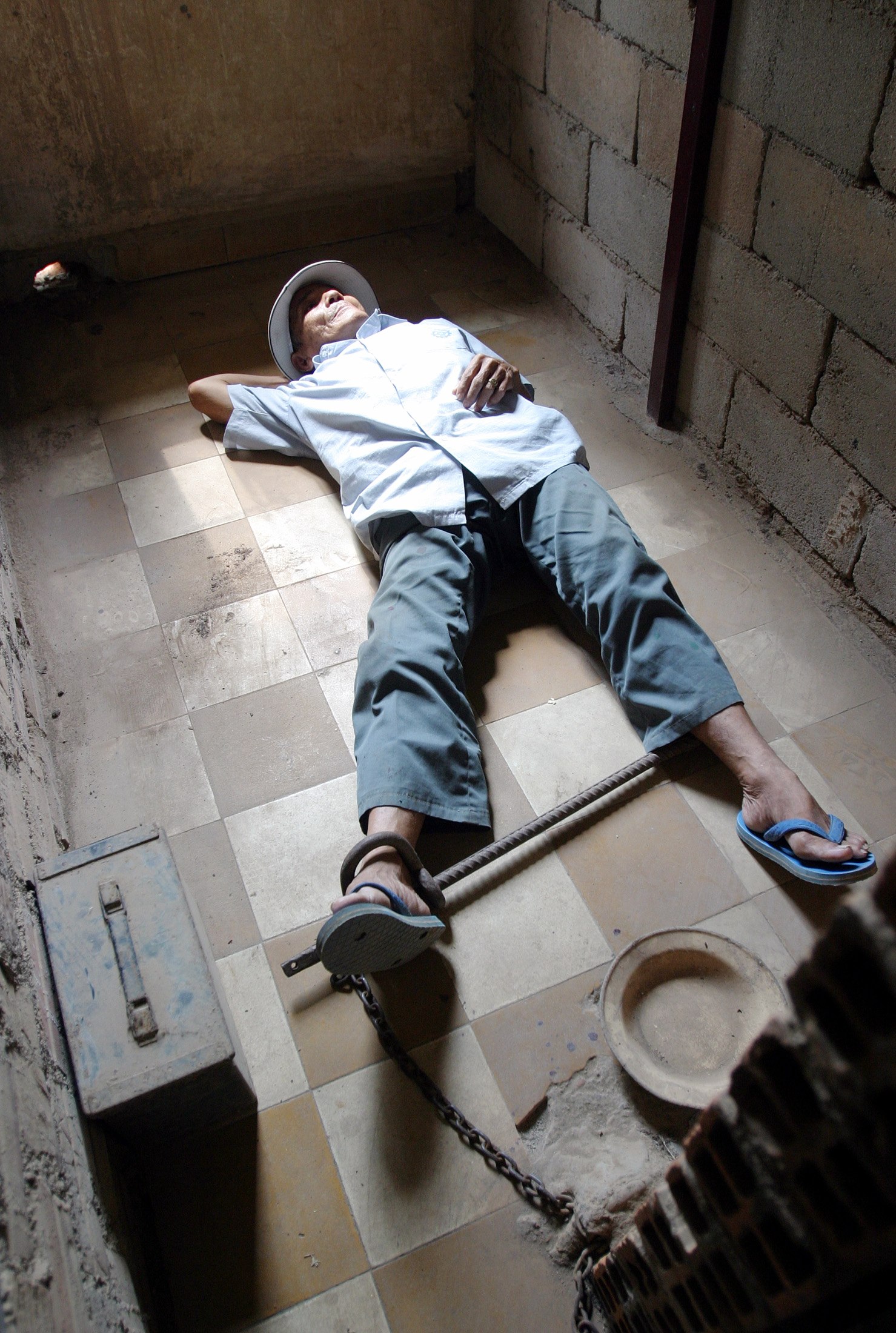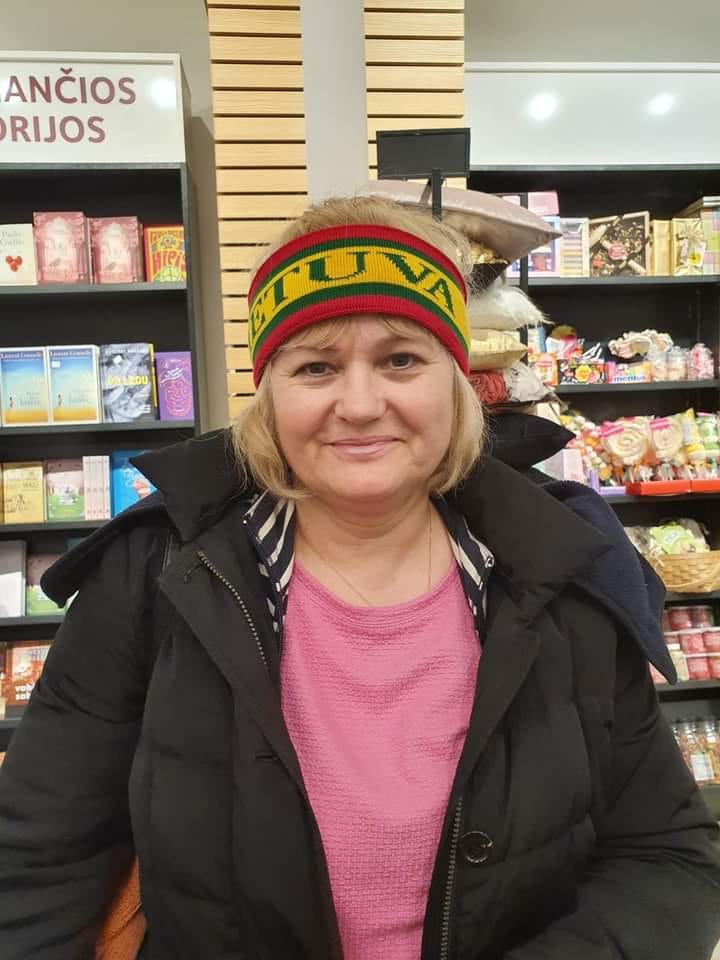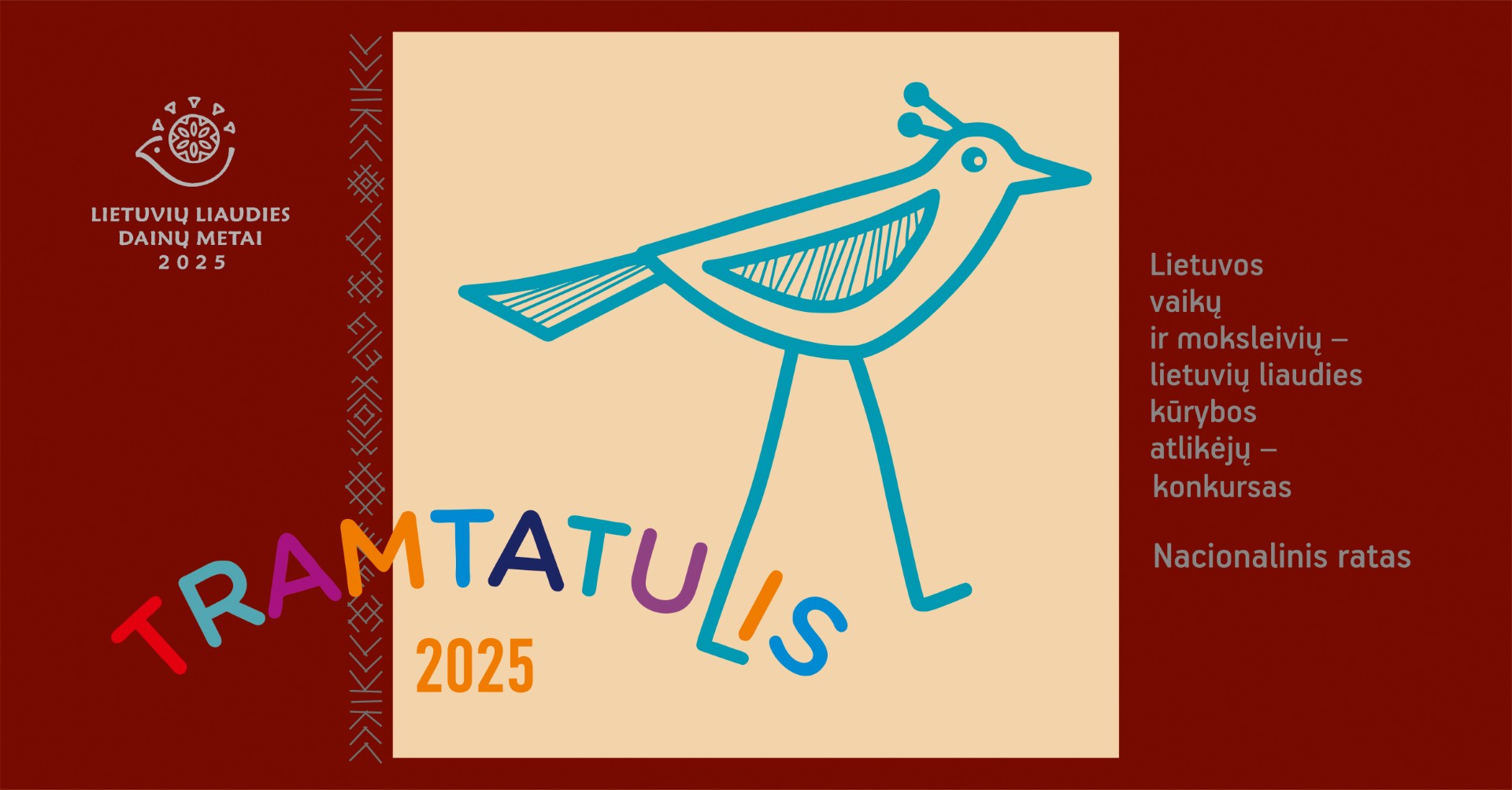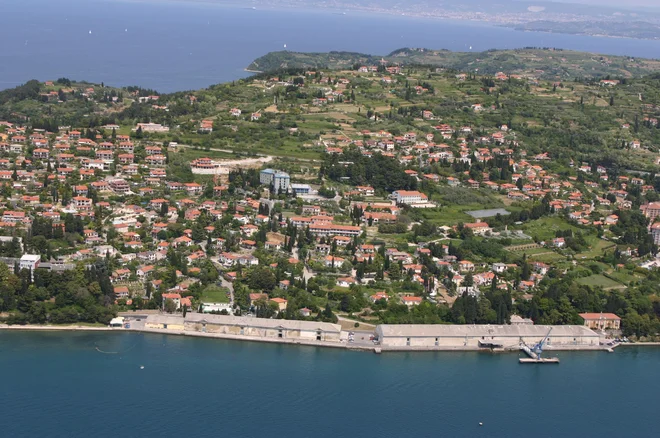People’s hunting with heroes (III)

Fighting Field – Cambodia
In the 20th century. The second half of the 1960s was a time of the United States and their authoritarian South Vietnam regime with the Communists established in the North.
In the neighboring Cambodia, Vietnam Communists also had their own bases. The Spring United States Air Force has run a more than a year of air blows campaign, which in modern pop culture is more remembered by the « secret Cambodian bombing ».
1970 On March 18, Norodom Sihanouk traveling in Europe, the Soviet Union and the People’s Republic of China, General Lon Nol (1913-1985), along with the King’s cousin Sisowath Sirik Matak (1914-1975) and a group of other political figures. The city and the world were declared the establishment of the Khmer Republic.
The new government began to put pressure on the Vietnamese communists in Cambodia, and Sihanouk, who trapped in the People’s Republic of China, distributed a call -up calling for the fight against the coups.
Halfway through the 1970s. In the spring, the smugglers began coordinated attacks on the new Cambodian government series in the North Vietnam and the so -called Vietnamo (Communist guerrillas in South Vietnam), and at the end of the April of that year, the situation was even more complicated when the US and South Vietnamese were officially entered.
The official reason for the enterprise of the Americans and their allies was the destruction of Vietnamese communist bases, equipment and armaments, but it is not excluded that, by its move, the US government sought to help the brittle Lon Nol regime to maintain power.
Red Khmer rising
It is speculated that at the time, Saloth Sar had already established contacts and formed some union of military and political nature with communist Vietnam groups, but in the 20th century. In the early 1970s, his fellow -men, who are now remembered by the name of the « red khmer », have not yet become a serious political group that could challenge other forces in the region.
Over the next few years (approximately 1971 to 1975), the Red Khmer ranks have grown rapidly along with controlled areas.
1975 The Lon NOL government had already completely lost its confidence at both local, regional and geopolitical levels, but the mutual hostility of Vietnam’s communists and intensified Red Khmer was so grown.
Both political forces followed the ideology of Marxism and fought against the white « imperialists », but in the 20th century. At the end of the 1970s, there was an open war between these two communist states for almost ten years.
Some associate this with the competition between the USSR, the United States and the People’s Republic of China for influence in the region, while others have finger on the grief of much older times for the endless behavior of the Vietnamese and Thai (Siamese) Thai (Siamese) Thai Wars and the brutal behavior of Cambodians.
At the outbreak of 1975, Marxists had already taken over the control of a large part of Cambodia lands, but the capital Pnompeni had to be occupied to start the construction of a socialist utopia.
1975 In January, the Red Khmers began their attack on the remains of the Lon Nol Government still controlled territories and very quickly broke a weak resistance of the demoralized supporters of the government.
In February of the same year, they had already taken over control of the Mekong River movement, which meant that the main roads of supply to the capital were almost completely prevented.
1975 April 12 The United States authorities decided to evacuate the US citizens (as well as which Cambodia and third -country citizens), and five days later (April 17), the city control was in the hands of Saloth Saro’s associates.
Before the Red Khmer, the Lon Nol, the Lon Nol, fled to the United States, where he spent the remaining ten years of his life, but his political partner King’s cousin Sisowath Sirik Matak failed to carry healthy fur (he was probably killed in the Red Khmer).
Sacrifice: Bou Meing, a 64 -year -old resident of Cambodia, who has survived the Pol Pot regime, shows up at the Turng Genocide Museum in Pnompen how he was imprisoned in 2005. April. Photo by Scanpix
Crazy of radical Marxists
Saloth Sar, apparently believed that the basis of the existence of the new socialist society should be based on agricultural production, so much of the people were driven out of urban areas (including pnompeni) and to kill and work in the village.
In honor of the Red Khmer, they have to say that they did not destroy the centuries -old Cambodia’s legacy (eg anchor city) and did not kill Norodom Sihanok (he was imprisoned in house arrest), but under the establishment of power, the Cambodia began in all other places.
All the movable and real estate in Cambodia found themselves at the disposal of the authorities, and the cities in the provinces and collective farms were forced to devote their best to agriculture.
The residue of heavy industry was concentrated on the production of agricultural machinery and light industry, and the currency was abolished. This meant that the people in the collective farms had to work without a reward, and that everyone refused to obey the orders of the authorities could be killed.
The food and clothing was theoretically issued by the state, so the successful fireplace was able to have lighter punishments, such as the reduction of the food ration.
Throughout Cambodia, what usually happened in all other places where radical Marxist sectists were standing at the helm of the state.
The authorities began to divide their society into three types of people after a few months of a democratic corner.
The first contemporary experts identify as the full members of the new community, ie, people who originated in the so -called proletariat and poorly lived in rural areas for many years from generation.
Their opportunities in the new order were probably the largest (only the nomenclature had larger ones).
The second is called candidates. Representatives of this « species » also had opportunities, but there were always the second in the line of full members.
The third « species » of the people today is named after « depositees ».
In the division of food rations, this group was the last in line, and they were always preferred during executions.
Initially, the first two groups were mainly formed by « ordinary people » until 1975. April joined the Red Khmer, and the third was the wealthy peasants and the people from the cities to the villages.
The new government treated the third category people in every way, but some of them at least had theoretical possibilities to « prove their loyalty to the proletariat revolution » and partially improve the material situation of personal existence.
Horror in Far Asia
Every person working in agriculture had to execute the quotas set by the government, but the new regime did not only sought to improve agricultural statistics.
Like the previous regimes of the USSR, the Third Reich, the People’s Republic of China and the North Korean, the Saloth Sarian authorities called the Polti Pot had ambitions to reorganize people’s thinking and lifestyle.
As a result, a very aggressive brainwashing and indocrination campaign began, which aimed to implement love for hard work and new government.
It also aimed to raise the team above the individual in the consciousness of the people, so people were encouraged to use plural more than singular pronouns in everyday language.
It is also important to mention that much of the new society was forced to dress in similar clothes.
As a result, the image of a peasant’s outfit, which is wearing a peasant’s outfit, and the red and white -boxed red khmer, has long established itself in the consciousness of the global community.
Theoretically, the new authorities could kill anyone who did not like something or dislike, but the greatest blow of their rage in the Red Khmer regime first directed against all who were suspected of working for the old government or the governments of other countries.
Approximately since 1975. April to 1979 January victims of repression and massacre in Cambodia’s lands have become intelligentsia and higher education or specific knowledge (lawyers, educators, doctors, journalists, etc.), clergy (Buddhist, Christian and Muslims) and ethnic minorities
Later, a number of suspected « traitors » and « spies » were killed, officially announced that a total of about $ 1.7 million could have been killed. people.
The great injustice of God
At that time, a man was able to find himself in the sights of the regime because of the slightest suspicion or complaining of a person interrogated before.
Apparently, this eventually resulted in a sad anecdote in the public sphere, claiming that in Cambodia, at that time, every person who had learned at least a few languages and carried glasses could have been shot.
According to the article by Time magazine, « Witness to the genocide case describes the brutal torture of the Red Khmer » (Witness Describes Khmer Rouge’s Gruesome Tortuure Genocide Trial, 2015)
According to Keo Chandara, a witness quoted in the article, the interrogators surveyed for women with pliers, which were poured into acid, and a group of prisoners were forced to observe it all.
Later, the victims of the regime were often killed and buried in mass graves in one way or another.
Some speculate that people who have been taken away by the regime should be just over a million, but Saloth Saro’s conscience is guilty of those who have been killed by food shortages and illnesses during his control.
Although the communist Vietnamese groups partly contributed to the rise of the Red Khmer, since 1975. The relationship between both married neighbors has become increasingly worse, and since 1977 The Vietnamese and Khmer clashes and provocations were increasing.
1978 In December, Vietnamese forces began an open invasion of Cambodia and Saloth Sar with supporters forced to retreat towards the Thai border.
It was the beginning of his political career and the end of his rule, but he was still trying to continue the fight and engage in political activities almost until his death.
It is speculated that he died in 1998. April 15 Due to a heart attack, sleeping (the suicide version is not excluded) somewhere in the jungle, even without prison or gallows for what they did.





/s3/static.nrc.nl/images/gn4/stripped/data131621162-d43777.jpg)

